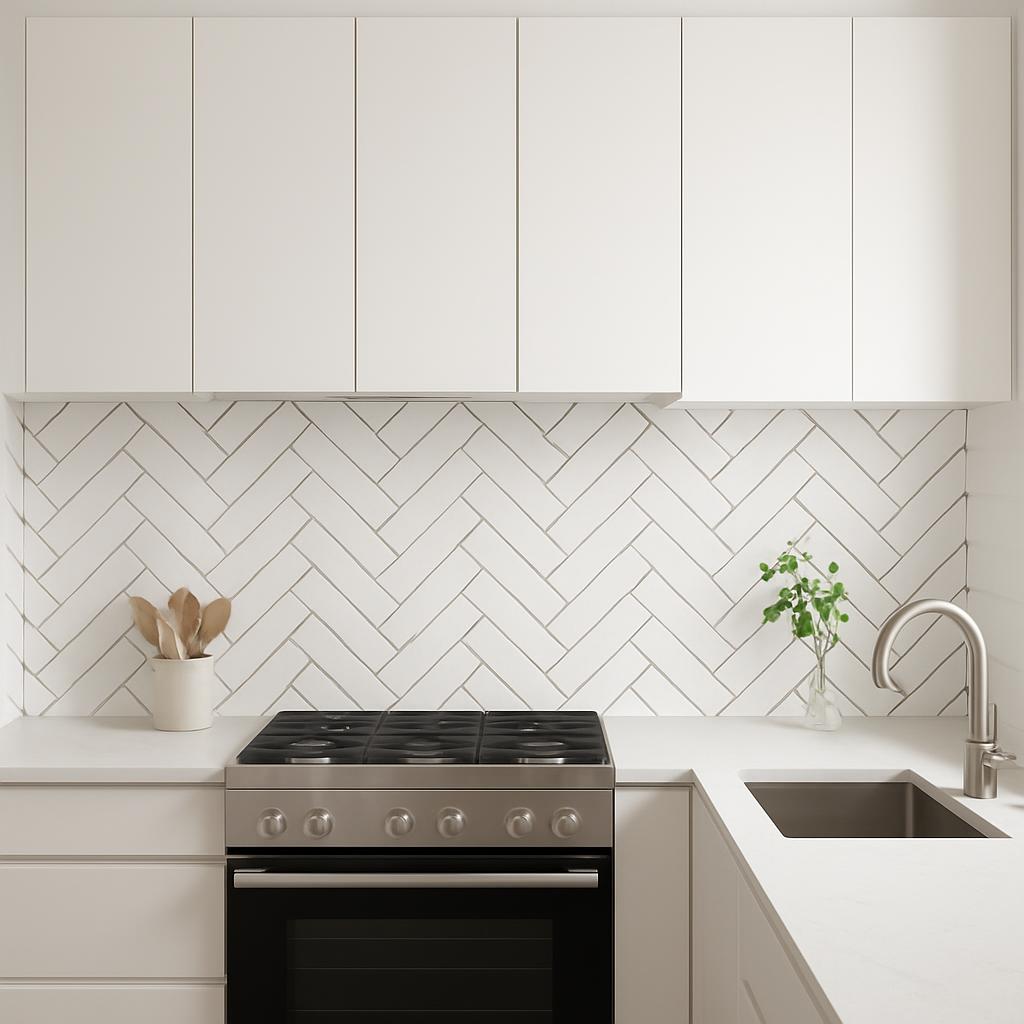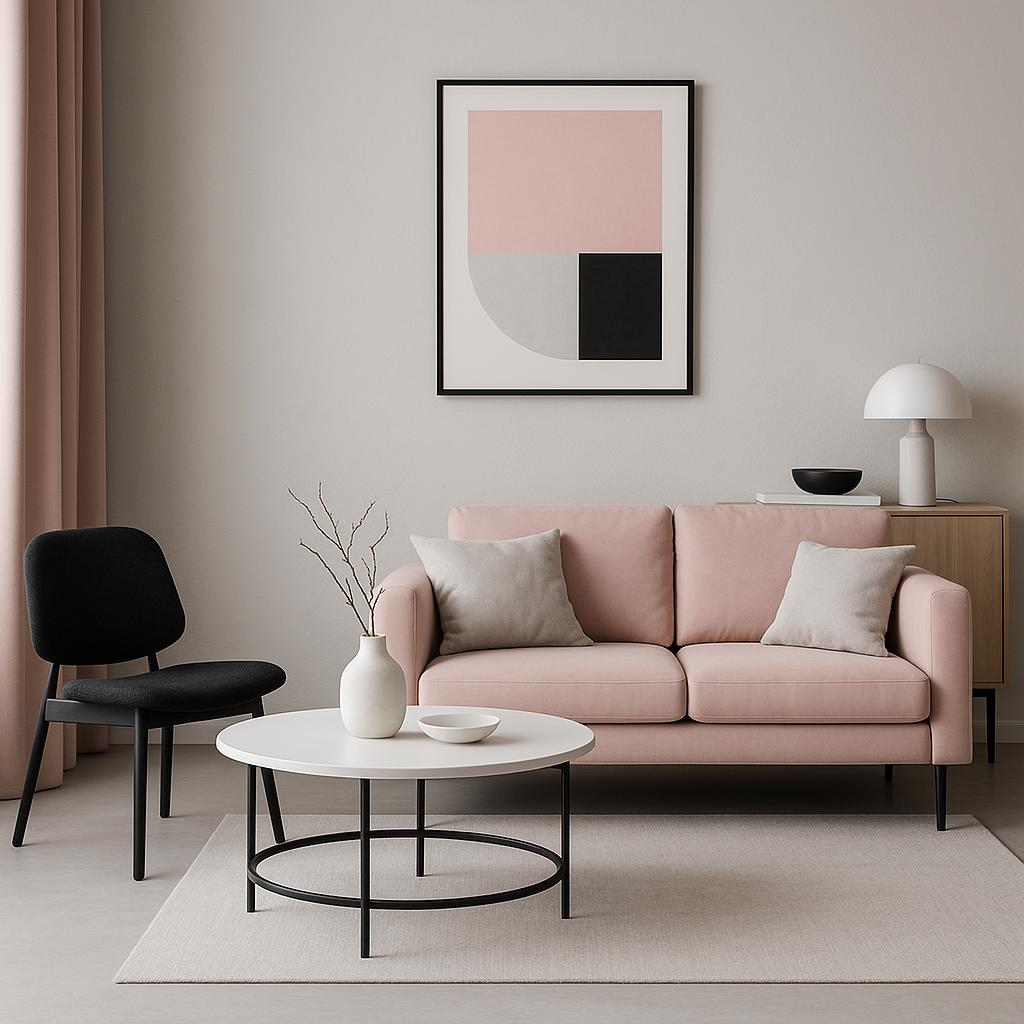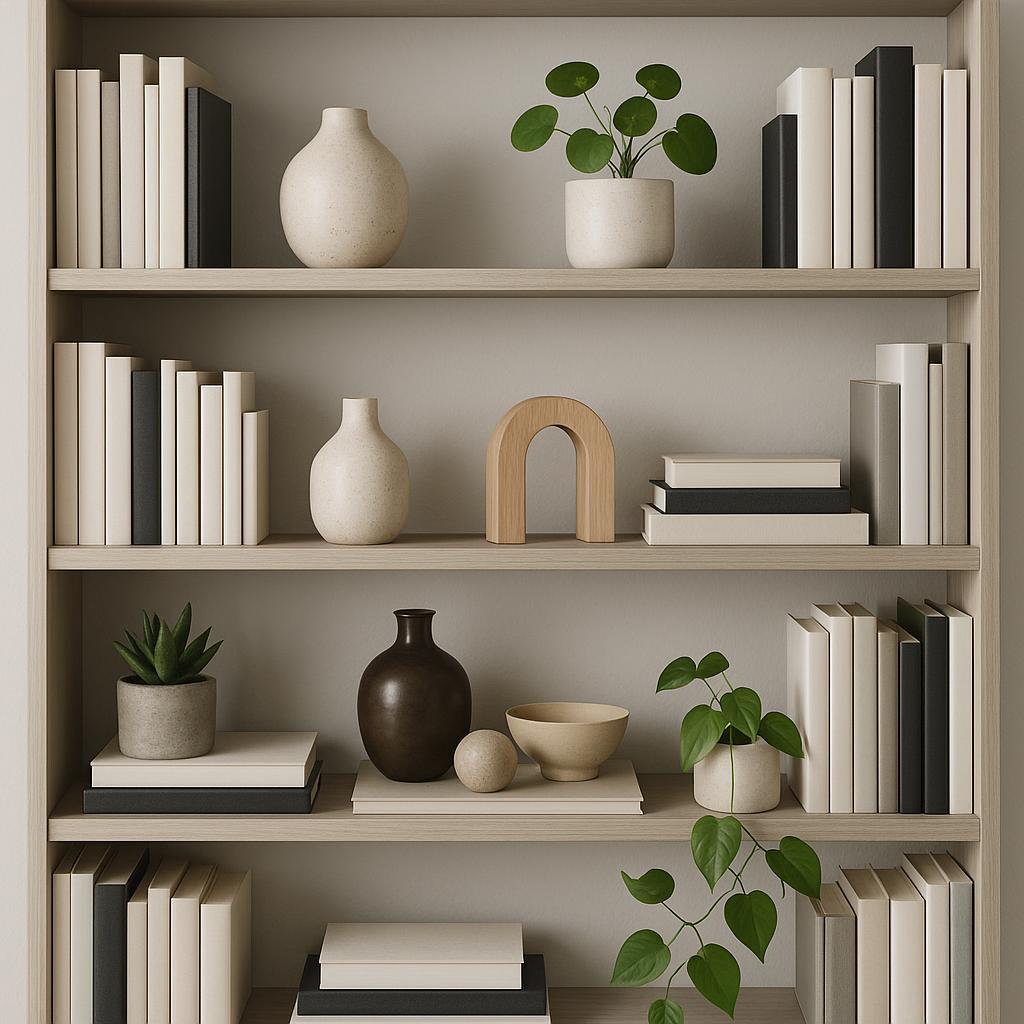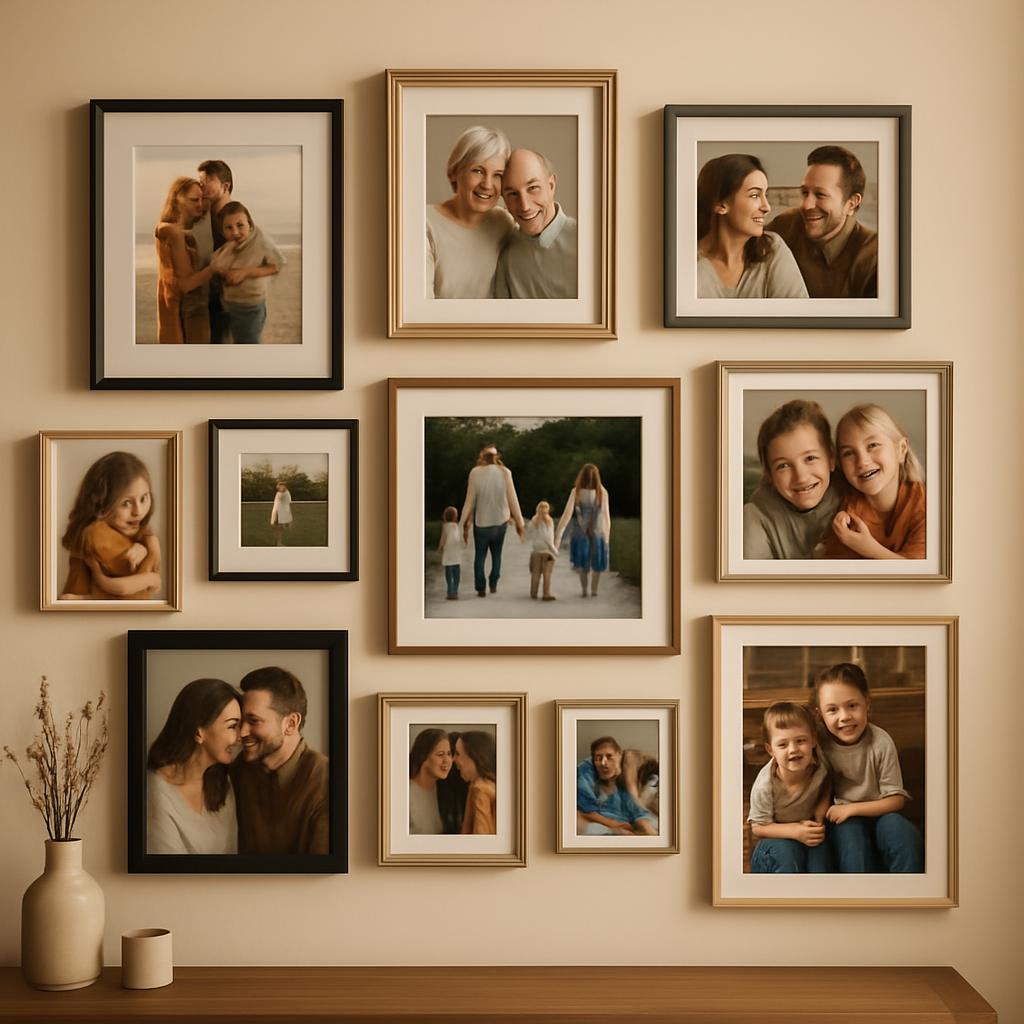There's something about them. They have character and style. They evoke the past. Like the subway. It rumbles through the tunnel; I can already see its light around the corner as my grandmother holds my hand. We're going to the zoo.
Metro tiles—also known as subway tiles—have been experiencing a renaissance in interior design. And for good reason. These simple, rectangular tiles offer timeless appeal with remarkable versatility.
In a world obsessed with the next big trend, metro tiles stand as quiet rebels. They've witnessed the rise and fall of countless design fads, remaining steadfast in their simplicity. There's poetry in their restraint, beauty in their humility.

The Origin Story
First appearing in New York City subway stations in the early 1900s, these tiles were chosen for their durability and ease of cleaning. They also reflected light well in the underground stations. The classic dimensions—3 by 6 inches with a slight bevel—created a clean, uniform look that has stood the test of time.
What began as a practical solution for public transportation evolved into a design staple that has transcended trends for over a century. The clean lines and reflective properties that made them ideal for brightening dark subway tunnels are the same qualities that make them perfect for modern interiors.
Why Metro Tiles Work So Well
Their enduring popularity isn't accidental. Metro tiles possess an almost magical ability to feel both contemporary and timeless, sophisticated yet approachable. They're the design equivalent of a white button-down shirt—classic, versatile, and always appropriate.
The beauty lies in their versatility. Laid in a traditional running bond, they create clean, modern lines. Arranged in a herringbone pattern, they add visual interest without overwhelming. Stacked in a grid, they feel contemporary and architectural.
Perhaps most importantly, metro tiles know their place. They're confident enough to stand alone as a design statement, yet humble enough to serve as a backdrop for bolder elements. This adaptability makes them perfect for both minimalist spaces and maximalist rooms that need visual breathing room.


